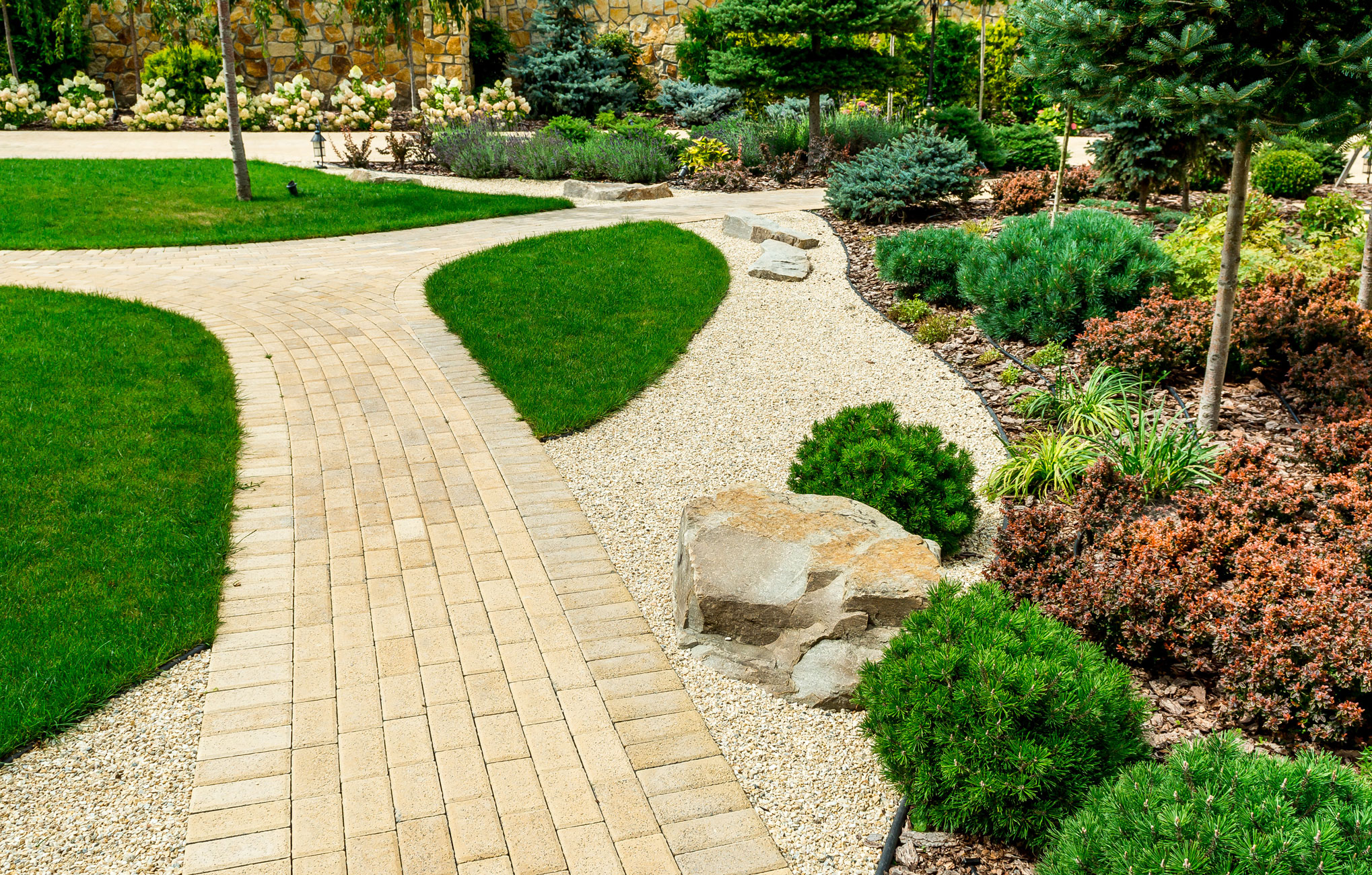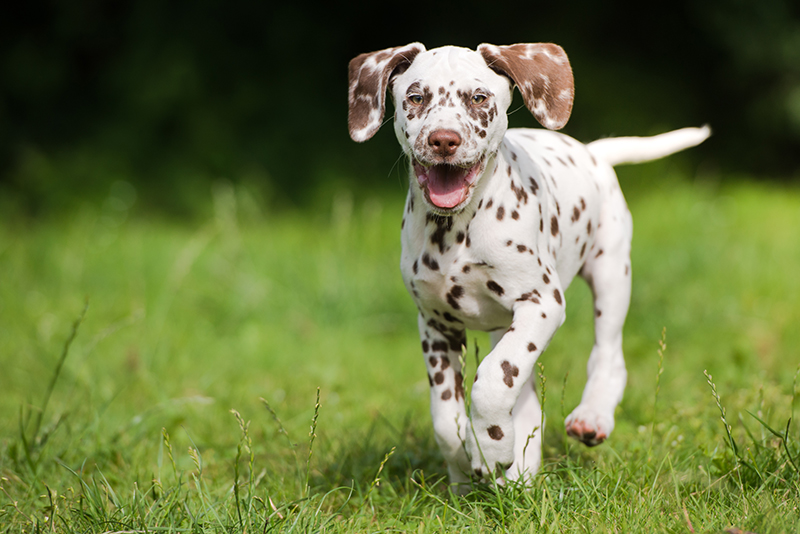Just about everyone has plants that they water on a regular basis. Many people will add nutrients to increase the beauty of their plants. They usually think of adding plant food or other substances that contain nitrogen. While nitrogen helps plants grow, it can also be harmful to animals, including dogs and cats. In fact, there have been cases where pets have died due to ingestion of fertilizers while owners were unaware. If you have pets, be aware of the risks associated with using lawn, flower, or plant fertilizers.
Nitrate poisoning is the most common risk associated with fertilizers. While dogs and cats can metabolize nitrates in small quantities, they cannot handle larger amounts. Symptoms of nitrate poisoning include vomiting, diarrhea, and lethargy. The color green or plant-like material in vomit or feces may be a sign of this problem. Nitrates damage red blood cells and can cause difficulty breathing, low heart rates, and even death if untreated. While the chemical itself may be less toxic, it becomes extremely risky if your pet gets into a container that has been sitting for a few days. If there is any doubt about whether or not your pet was exposed, contact your veterinarian. It is important to determine what type of fertilizer you will be using before you buy it, as well as to properly store and use your fertilizer. Pre-mixed fertilizers are usually less toxic than those that need to be mixed for use, but either type can become hazardous if not used properly.
There are other risks to your pet from fertilizers as well as chemical burns, some fertilizers contain acids that can cause chemical burns to your dog's or cat's feet, skin or mouth when they come into contact with the substance while licking themselves. Signs that this has occurred include redness and pain in the affected area. If you see any signs of a burn, rinse the area with water for 15 minutes and take your pet to the vet. The best way to prevent nitrate poisoning is to keep your pets away from fertilized areas for 24-48 hours.
This may mean keeping them on a leash while walking in the yard or restricting access to play areas. If your pet digs in the dirt, take precautions to clean their paws; this will remove any substance that has been picked up by digging. Make sure they don't ingest the substance by supervising their interactions during playtime and immediately cleaning up after them. If your pet does ingest a fertilized area, make sure you carefully remove all evidence from their mouth as soon as possible. If you have been using fertilizer in your yard or around your home, remember that there are risks associated with it. Keep your pets safe by ensuring they don't have access to the fertilized areas for at least 24-48 hours.
Always follow label instructions and keep fertilizers out of the reach of pets. Never use fertilizers on plants that your dog likes to chew on, such as tulips and daffodils, because these contain chemicals harmful to dogs and cats. This is important because your pet's safety comes first. If there are any risks, you want to know about them before allowing your pet to come into contact with the substance.
If you're not sure whether or not a specific fertilizer is harmful to pets, contact your veterinarian. If you have any questions about the safety of using fertilizers on your lawn or garden, hire a professional company to handle it for you. This will ensure that you are using the safest product possible for your home and your pets to be around. Fertilizer can still be a safe, effective way to take care of your lawn and garden.

